Religious adherence as a percentage of all residents (1890 – 2010)
Religious adherence as a percentage of all residents (1890 – 2010)
Religious adherence as a percentage of all residents (2010)
Related post:
– Total religious adherents by U.S. county (1890 – 2010)
– Number of congregations by U.S. county (1890 – 2010)
– A number of adherents per congregation by U.S. county (1890 – 2010)
– Number of congregations by U.S. county (1890 – 2010)

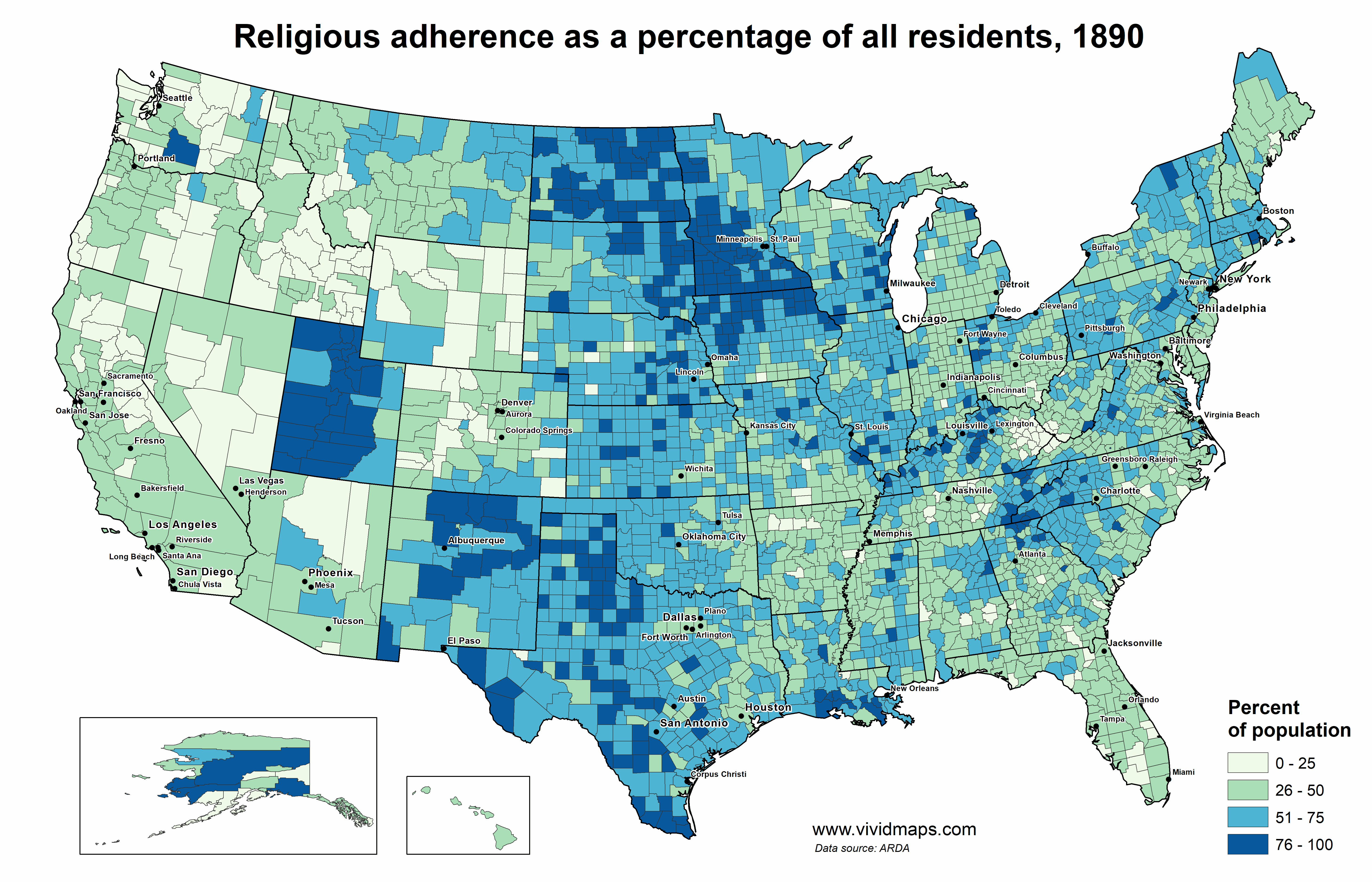

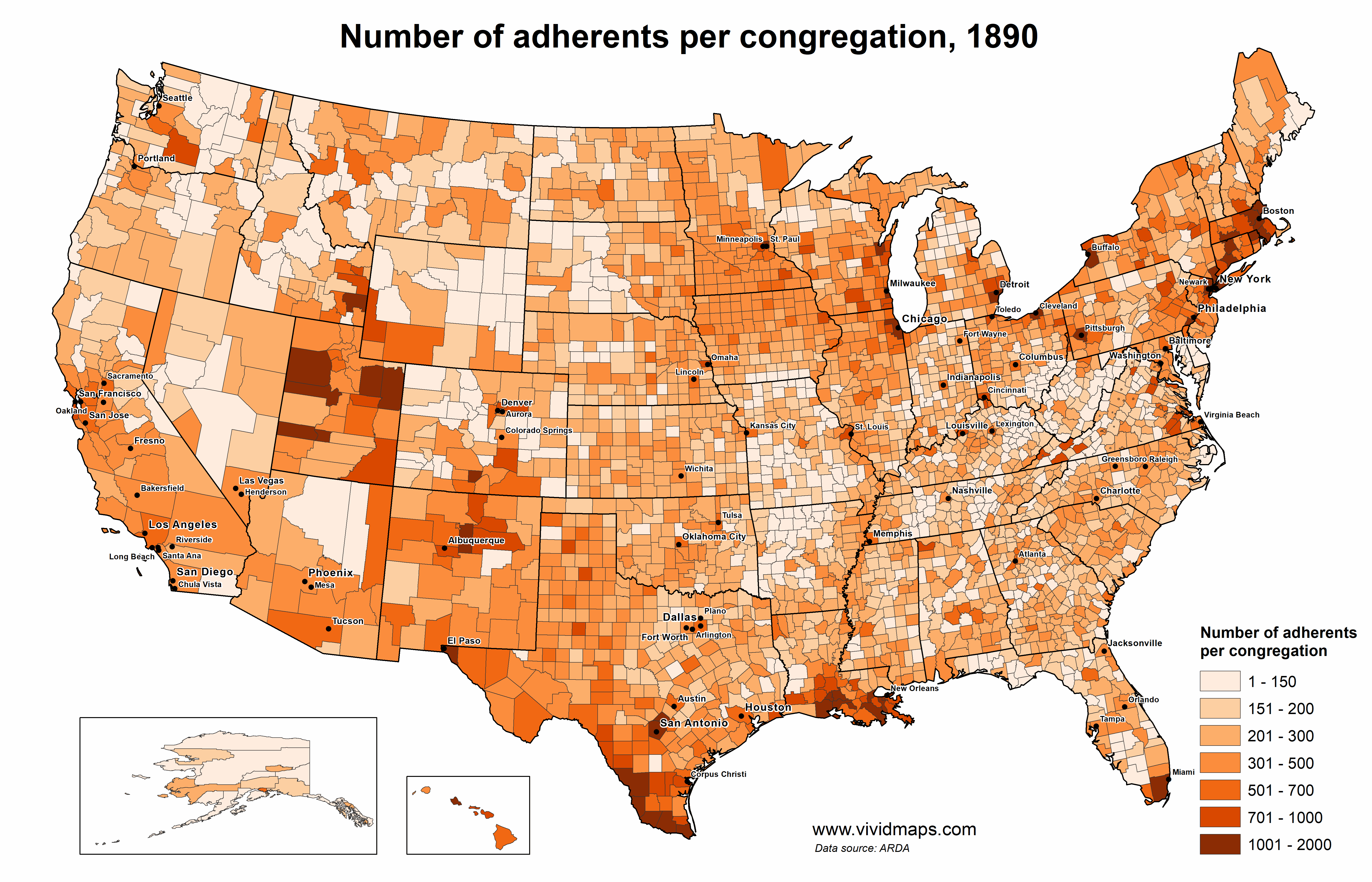

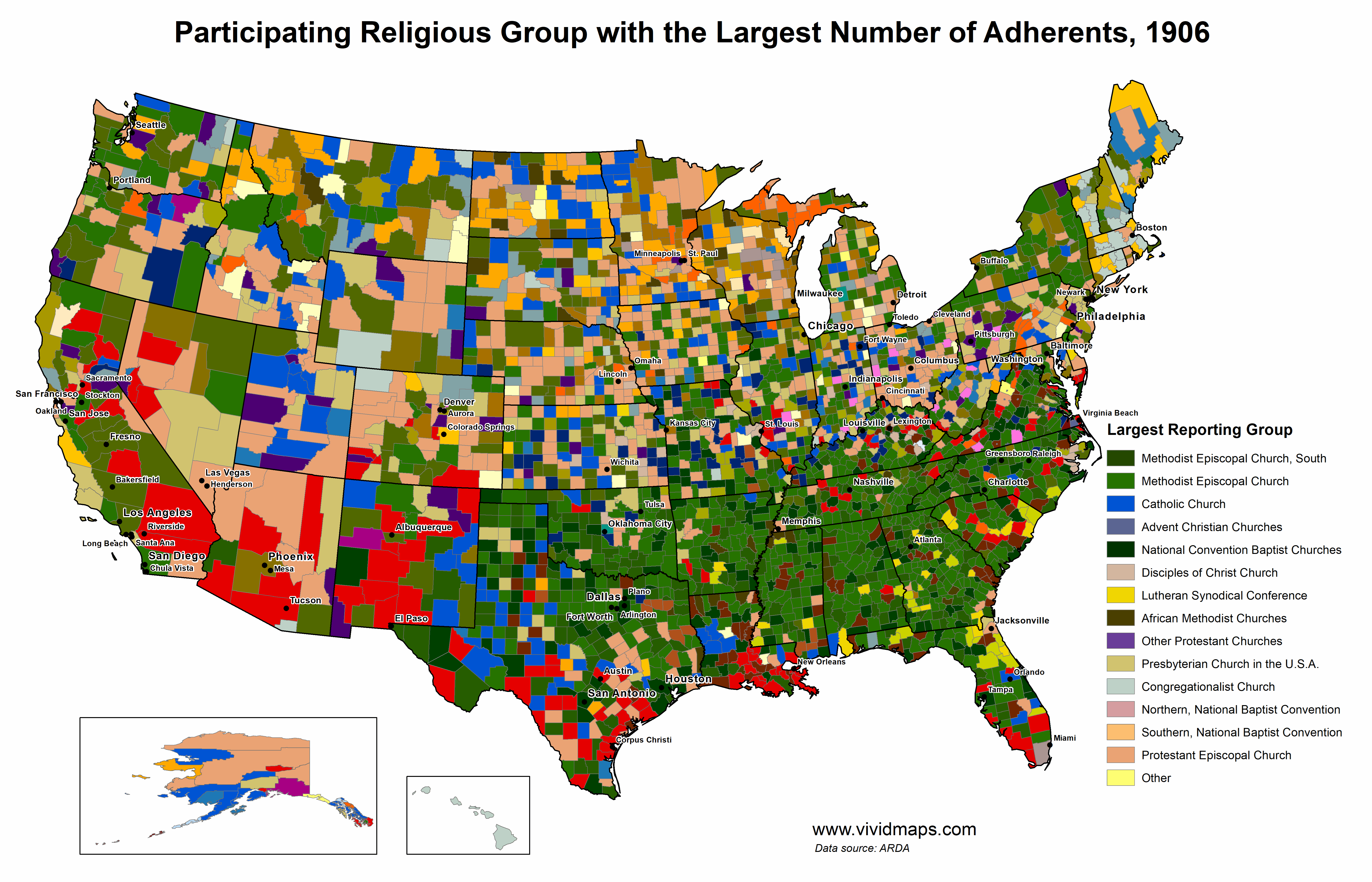
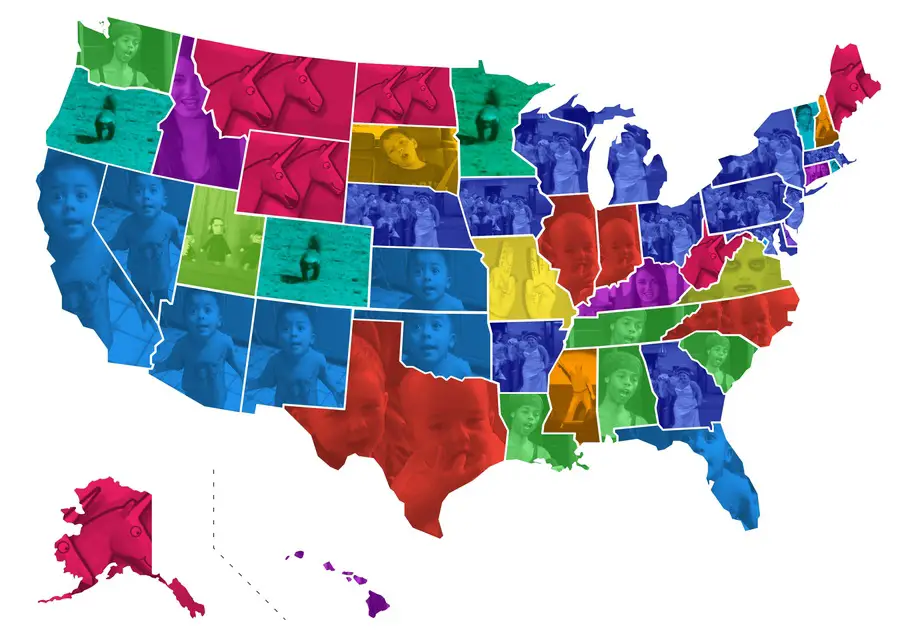
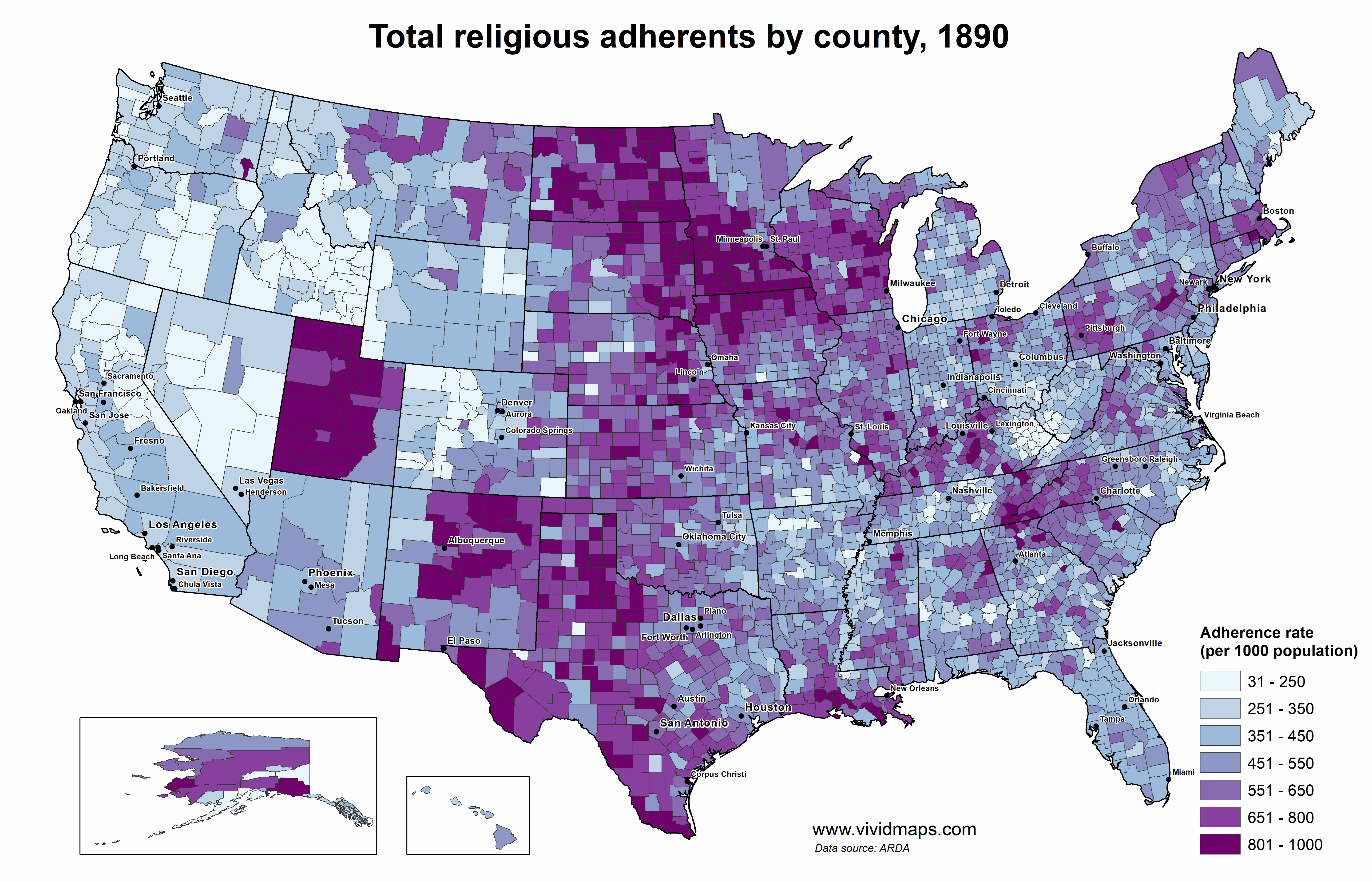
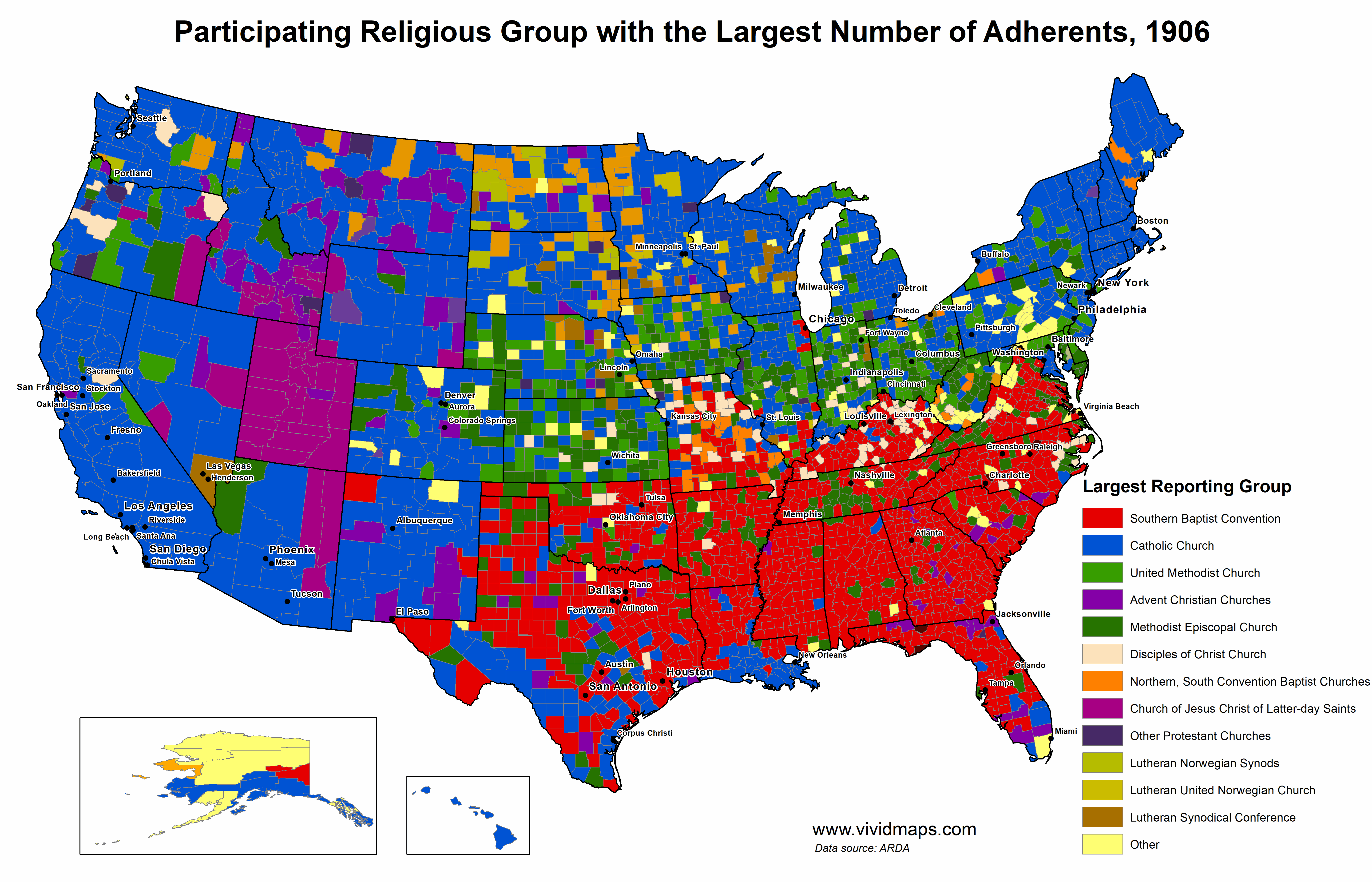
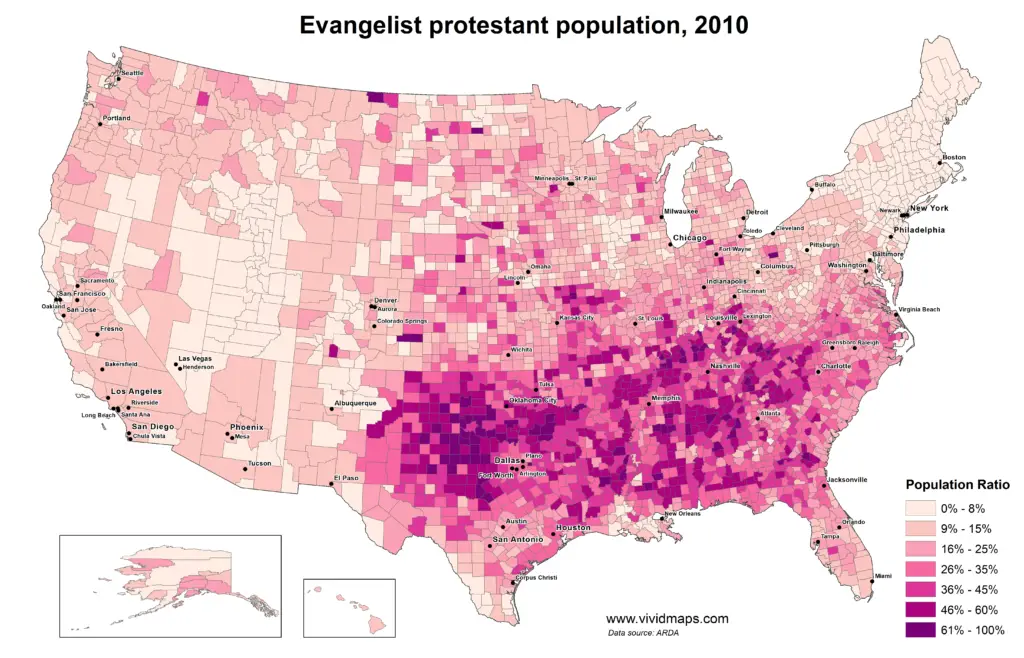
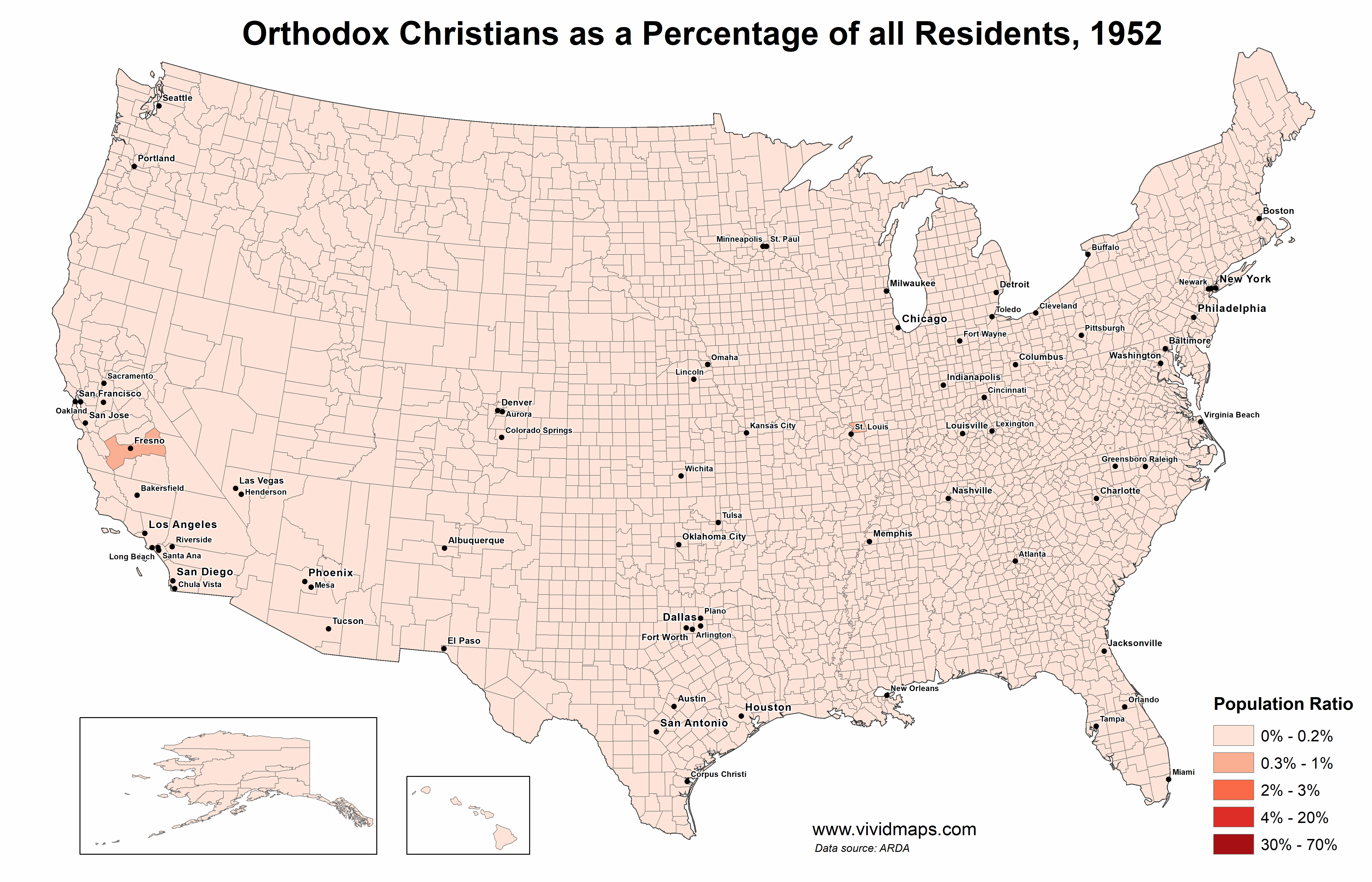
Religion vs Beer
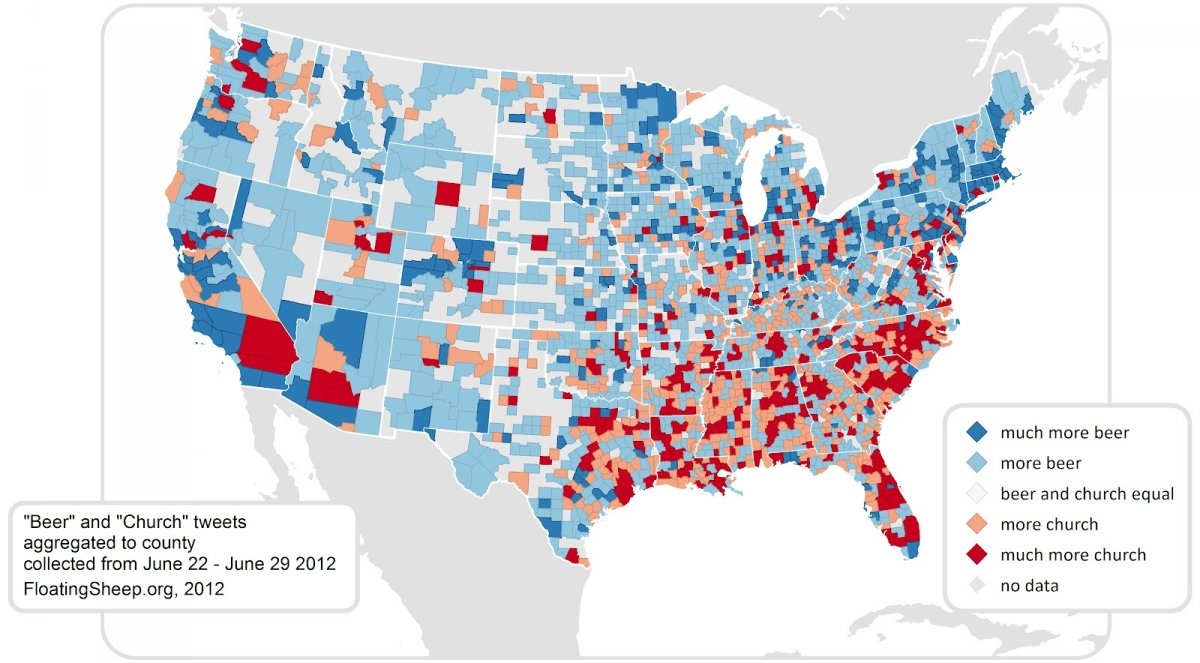
businessinsider.com
The Mormons in Utah have been going strong since the 1800’s… Not that I’m surprised or anything.
But what happened in 1970?
We don’t talk about 1970.
As someone who was raised mormon, I might be able to shed some light on this. This is just my perspective and I wasn’t alive for this so take what I say with a grain of salt.
Possible reason 1: Mormons have an institution called the priesthood, which is believed to be the manifestation of God’s power through “holders” of the priesthood. These holders must be ordained by someone who already has the priesthood. It’s a bit more complex than that, but those are the basics. However, there are conditions to who can hold the priesthood. For example, only men can hold it. And until the late 70s, African American men could not hold the priesthood either. This was something that I think turned a lot of people off to the church with all that had already been accomplished with civil rights, since the church came so relatively late with removing this restriction (1978 iirc). This could be the reason.
However, more likely is probably 2:
That in the 60s and onwards there was a rush of suburbanization in the U.S., and while Utah had been largely rural up until this point, suburbanization made it much more viable for people from other states to move to Utah. Since most of those people at this point weren’t mormons, I think it has just since then levelled the average to more average levels with what the rest of America had.
I do think that option 2 is more likely, but in many ways the Mormon church in general became a little less extreme on some stances in the 70s and moving onwards, which I believe may also contribute to this graph.
I’m in one of the heathen corners of America (religion is really just a thing among older people here).
Interesting how religiosity comes and goes, and how the South wasn’t particularly religious until present time.